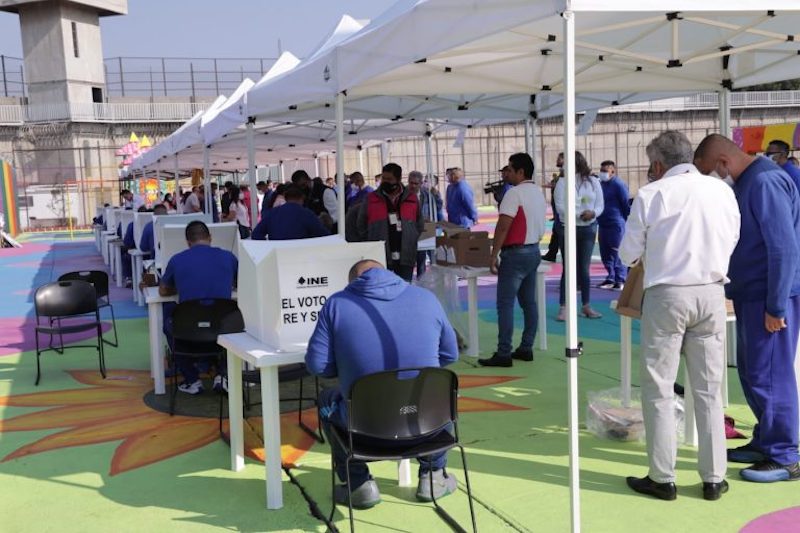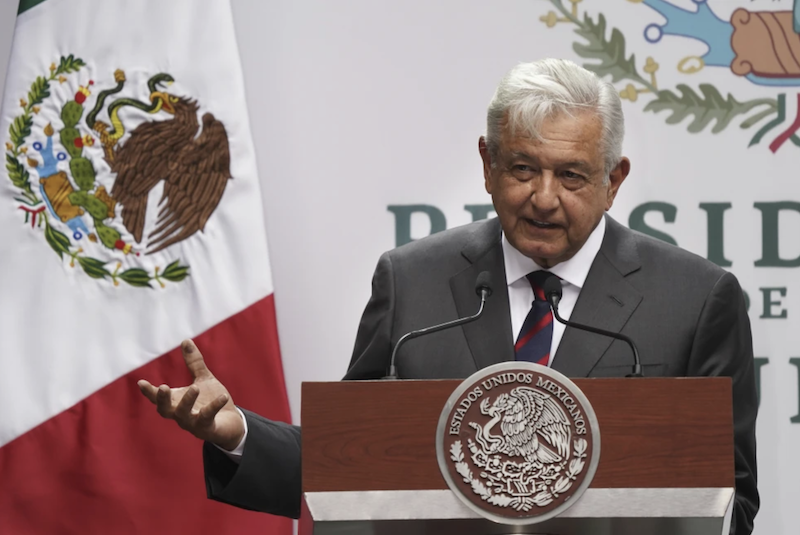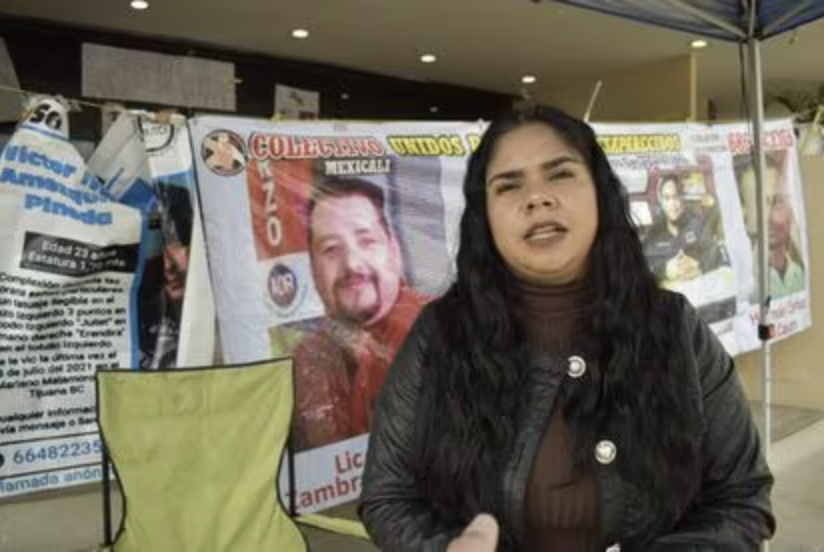Overview
06/16/20 (M MacGregor)- According to a survey by the National Institute of Statistics and Geography (Instituto Nacional de Estadística y Geografía), or“INEGI”, 7 out of 10 women in Mexico have experienced violence at some point in their lives, and among those, almost half (43.9%) of women were abused by their boyfriend, husband, or partner. Additionally, according to INEGI, the states with the highest levels of domestic violence are the State of Mexico, Aguascalientes, Jalisco, and Queretaro. Domestic violence is defined by the United Nations as a pattern of behavior in any relationship that is used to gain or maintain control over an intimate partner and encompasses physical, sexual, emotional, economic, or psychological threats that influence another person. At the international and regional level, Mexico is part of various agreements that share the goal of eradicating violence against women. Some of these include the Convention on the Elimination of All Forms of Discrimination Against Women (CEDAW 1979), the InterAmerican Commission of Women, and the Beijing Declaration and Platform for Action (1995). Despite the country’s membership in these agreements, the current COVID-19 pandemic has shown the weaknesses in the Mexican government in protecting women from domestic violence and ensuring their safety.
Domestic Violence During COVID
According to Reuters, since the COVID-19 lockdown, women in Mexico have been fighting “another shadow pandemic”. There has been “an increase in reports of domestic violence, many of those psychological violence”, according to Blanca Aquino, director of the Municipal Institute for Women of Veracruz. Similarly, Maria Noel Baeza, the regional director for UN Women, believes that the lockdown is exacerbating violence against women by forcing them to stay in situations of confinement in which [women] are locked up with their abusers and have very limited outlets to escape violence.
Before social distancing was implemented in the country, Expansión Política reported that the Mexican emergency number registered 21,727 domestic violence related calls during the month of February. According to El Universal, three weeks after the stay at home orders were issued, Mexican federal authorities estimated that violence against women had increased between 30 and 100%. Almost two months after the first case of COVID-19 in Mexico, the National Network of Shelters (la Red Nacional de Refugios) observed an “increase of 5% in women’s admissions [to the shelters] and an increase of 60% in guidance via telephone calls, social networks, and email”. Additionally, women’s centers linked to the network are at “80% to 110% of their capacity, especially in entities such as Guanajuato, the State of Mexico, and Chiapas”. These cases of violence against women are expected to persist as the pandemic continues, as human rights specialists in an article by El Sol de Mexico are predicting domestic violence to grow by 92% during the quarantine period.
Government Response
At the national level, many lawyers and human rights activists have criticized the problematic remarks of current president Andrés Manuel López Obrador (AMLO) as well as the Mexican government’s failure to release a comprehensive plan to tackle the spike in domestic abuse amid the COVID-19 emergency. According to Latino USA, AMLO stated in a press conference in May 2020 that “violence against women has not increased since the national lockdown” and that “there has been no increase in complaints from women”, despite statistical reports indicating otherwise. Jacqui Hunt, director of Equality Now, a non-governmental organization that aims to promote the rights of women and girls globally, told Independent, “the appalling increase in the number of women murdered and abused in Mexico since the start of 2020 should be seized upon as a watershed moment in which the government finally steps up to address the root causes of harm against women”. Hunt called for the Mexican government to “work closely alongside organizations which help women and girls and provide additional funding to make sure those locked up with their abusers can access safe housing and other specialist support”, as statistics collected by El Sol de Mexico estimate that “two-thirds of the female population in the country over the age of 15 will quarantine alongside a violent partner”.
A gender perspective to combat COVID-19
Secretary General of the United Nations Antonio Guterres called for measures to address a “shocking global upsurge in domestic violence against women and girls”, stating that “together, [the international community] can and will prevent violence everywhere, from war zones to people’s homes”. United Nations Women in particular has made a number of recommendations to the Mexican authorities in order to alleviate the conditions that women and girls have experienced during the lockdown. Some of these recommendations include:
- Raising awareness of the increased burden on female staff for extra care tasks against COVID-19.
- Helping employers take into account the risks that their employees displacement will have, as well as ensuring their payments during the quarantine.
- Protecting the workforce in manufacturing companies (maquiladoras) economically and through labor protection measures since women make up a large part of the workforce.
- Procuring strategies to protect those affected by the sexual division of labor in areas such as education, social work, which are mostly composed of women.
“No estás sola, seguimos contigo” and “#ContingenciaSinViolencia”
On April 7th, the Mexican government in conjunction with the Citizens’ Council (Consejo Ciudadano) and the Women’s Secretariat (Secretaria de las Mujeres) launched the “No estas sola, seguimos contigo” (“You’re not alone, we are still with you”) initiative to address domestic violence during the quarantine. This program consists of several resources to help women report domestic violence and seek professional help. The resources include chat rooms in which victims can send video, audio, and photos, channels to Moon Centers, or Centro Lunas, which provide psychological and legal care for medium and high risk cases.
In addition, the government and the National Commission to Prevent and Eradicate Violence Against Women (CONAVIM) created a directory to publicize these resources as well as the National Shelter Network so that women can access safe spaces away from their abusers. The hashtag, #ContingencyWithoutViolence, or #ContingenciaSinViolencia was launched by the State of Mexico and has spread on social networks throughout the country. Despite these efforts to address violence against women, the National Shelter Network is lacking the budget and the space to operate effectively and this leads them to deal with double or triple contigency. Milenio reports that several organizations have argued that the “delay in the allocation of financial resources violates the shelters’ operation and rights of women to safety”. Wendy Figueroa, the director of the National Shelter Network, has demanded that the Mexican government “establish a budget, as well as evaluation and monitoring mechanisms that guarantee the permanent flow of resources allowing the shelters to work through the year without impediment”.
In conclusion, it is clear that COVID-19 has exacerbated the effects of domestic violence in Mexico, a country that already suffers from staggering statistics due to the normalization of gender based violence. The implications of the lockdown are widening gender inequalities and increasing violence against women. In order to address this crisis, the Mexican government must strengthen all mechanisms to combat domestic violence at the local, regional and national levels. Steps must be taken immediately because women’s lives depend on it.
Domestic Violence Resources
United States
National Domestic Violence Hotline: 1-800-799-SAFE (7233)
Online Chat: https://www.thehotline.org/what-is-live-chat/
Safety planning and legal information: https://www.thehotline.org/help/path-to-safety/
Resources for victims and survivors by State: https://www.thehotline.org/resources/victims-and-survivors/
Mexico:
National Domestic Violence Hotline: 9-1-1
Shelter Network Directory: https://eldiadespues.mx/directorio-de-organizaciones/
Domestic Violence Hotlines by State:
Sources:
Almazan, Jorge. “CdMx lanza programa para denunciar violencia familiar.” Milenio. 14 April 2020
De la Peña, Angelica. “El Covid-19 y la perspectiva de género.” El Sol de México. 23 March 2020.
Seguridad de Estado de México. “Contingencia sin Violencia.” Twitter. 2020.
United Nations. “What is Domestic Abuse?” United Nations. 2020.
Red Nacional de Refugios. “Red Nacional de Refugios A.C.” 3 November 2014.
Latin American News Dispatch. “AMLO Denies Rise of Violence Against Women During Lockdown.”
National Domestic Violence Hotline. “Get Help.”
Organization of American States (OAS). “Inter-American Commission of Women”. OAS.
Veracruz Gobierno del Estado. “Instituto Veracruzano de las Mujeres.” IVM.




